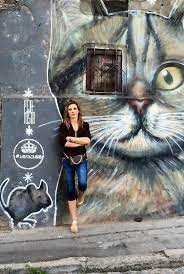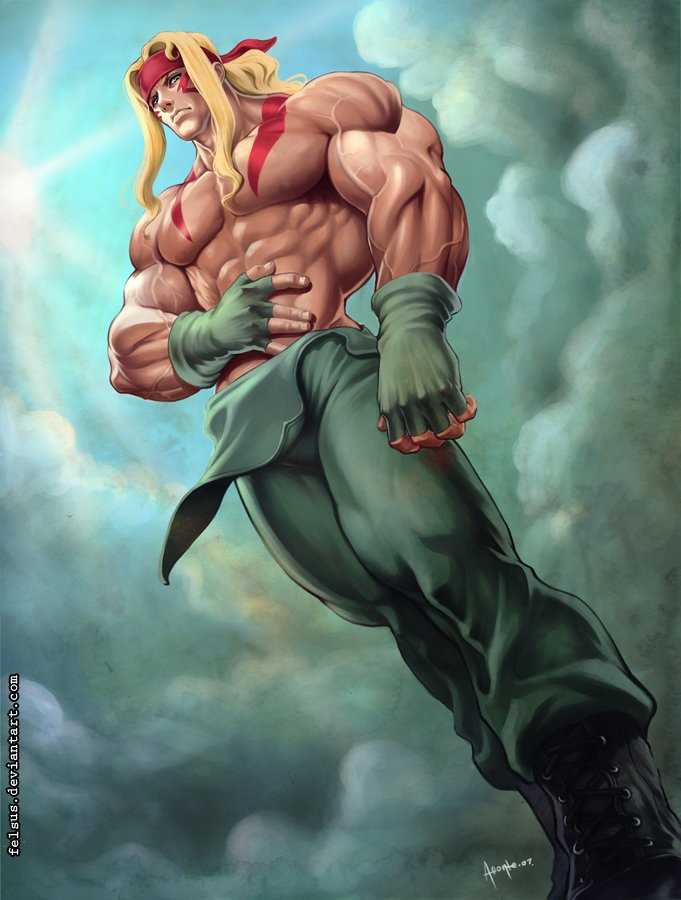Art has always been a powerful form of expression, allowing individuals to convey their thoughts, emotions, and perspectives in a visual and tangible way. Throughout history, artists have used various mediums to communicate their ideas, from paint and sculpture to photography and digital art. However, one form of art that has gained significant popularity and recognition in recent years is street art.
One of the most fascinating aspects of street art is its ephemeral nature. Unlike traditional art forms that are displayed in galleries and museums, street art exists in the public domain and is subject to the elements, vandalism, or removal by authorities. This transience adds an element of excitement and urgency to street art, encouraging artists to create bold and impactful pieces that leave a lasting impression on the viewer. Street art is a dynamic and ever-evolving art form, constantly changing and adapting to its surroundings.
Street art is a form of artistic expression that can be found in urban environments around the world. Unlike traditional art forms, street art is created in public spaces and often without the permission of property owners. This defiant act of creativity gives street art its unique and rebellious nature.
The Origins of Street Art
Street art has its roots in graffiti, a practice that has been around since ancient times. In the 1960s and 1970s, graffiti artists began to use paint and markers to leave their marks on walls and buildings in cities like New York City and Philadelphia. This marked the beginning of street art as we know it today.
Over the years, street art has evolved and diversified, with artists using a wide range of techniques and mediums to create their work. From stencils and stickers to wheatpasting and installations, street artists continually push the boundaries of what is possible in the public space.
The Impact of Street Art

Street art has a powerful impact on the communities it inhabits. It can beautify neglected spaces, provoke thought and discussion, and challenge the status quo. Street art also provides a platform for marginalized groups to share their experiences and perspectives.
Many cities around the world have embraced street art as a legitimate art form and have even designated specific areas for artists to create their work legally. This has helped to legitimize street art and preserve it for future generations to enjoy.
- Street art can be a catalyst for social change.
- It challenges traditional notions of art and ownership.
- Street art allows artists to connect with a broader audience.
- It adds vibrancy and character to urban environments.
Whether you appreciate street art for its rebellious spirit, its social commentary, or its visual appeal, there is no denying that it is a fascinating world worth exploring.
The Growing Popularity of Street Art
Street art has experienced a significant surge in popularity in recent years. What was once considered an act of rebellion and vandalism has now been embraced as a legitimate art form. Street art provides a unique and accessible way for artists to express their creativity and make a statement.
One reason for the growing popularity of street art is its ability to reach a wide audience. Unlike traditional art forms that are often confined to galleries and museums, street art can be found in public spaces where anyone can stumble upon it. This accessibility allows for a broader range of people to engage with and appreciate the art.
Another factor contributing to the popularity of street art is the rise of social media. With platforms like Instagram and Facebook, artists can easily showcase their work to a global audience. Street art has become highly shareable, with people all over the world capturing and posting photos of their favorite pieces. This has helped to spread awareness of street art and generate interest in the genre.
The impact and influence of street art are also evident in commercial spaces. Many businesses and organizations now commission street artists to create murals and installations as a way to enhance their brand or attract customers. This blending of art and commerce has further propelled the popularity of street art and given artists more opportunities to showcase their talent.
The Evolution of Street Art

Street art has evolved over time, moving beyond traditional graffiti and tags to encompass a wide range of styles and techniques. Artists now use stencils, wheat paste, and other materials to create intricate and detailed pieces. Some street artists have gained international recognition and have even transitioned into successful careers in the art world.
The Impact of Street Art
Street art serves as a powerful form of social commentary, addressing a variety of issues such as politics, inequality, and urban decay. It can challenge societal norms, provoke thought, and spark conversations. Street art has the ability to transform public spaces and create a sense of community and identity within a city.
The Evolution of Wall Street Art
Wall street art has come a long way since its humble beginnings. What started as simple acts of graffiti and vandalism has transformed into a recognized and respected art form.
In the early days, wall street art was associated with rebelliousness and counterculture. Artists used walls and other public spaces as their canvases to make political statements and challenge social norms. These acts of defiance often resulted in the artists facing legal consequences.
However, over time, the perception of wall street art began to shift. The skill and creativity involved in creating intricate murals and artworks started to be appreciated by a wider audience. Cities like New York, Berlin, and London began embracing street art, providing designated spaces for artists to showcase their work.
Today, street art has become a global phenomenon, with artists from all over the world leaving their mark on the walls of cities. The evolution of wall street art has also seen the emergence of different styles and techniques, such as stencil art, wheatpasting, and 3D installations.
Street art festivals and exhibitions have become popular events, attracting thousands of art enthusiasts and tourists. These events give artists a platform to showcase their work, collaborate with fellow artists, and reach a wider audience.
Moreover, with the rise of social media, street art has gained even more exposure. Artists can share their work instantly with a global audience, making it easier for their art to go viral and gain recognition.
Undoubtedly, the evolution of wall street art is a testament to the power of expression and the ability of art to transcend boundaries. It is no longer confined to the streets; it has found its way into galleries and museums, becoming a legitimate art form that continues to inspire and provoke thought.
| Benefits of Wall Street Art | Challenges of Wall Street Art |
|---|---|
| · Beautifies urban spaces | · Legal and ethical concerns regarding property damage |
| · Adds vibrancy to communities | · The risk of art being damaged or removed |
| · Provides a platform for marginalized voices | · Balancing the line between public art and vandalism |
Exploring the Wolf of Wall Street
The Wolf of Wall Street is a controversial film directed by Martin Scorsese that explores the life of Jordan Belfort, a stockbroker who became infamous for his lavish lifestyle and illegal activities on Wall Street in the 1990s. The film is based on Belfort’s memoir of the same name and provides a glimpse into the world of high finance and excess.
In the film, Leonardo DiCaprio portrays Belfort, capturing his charisma and ambition as he rises to the top of his profession. Belfort’s character is portrayed as a charismatic and unscrupulous individual who uses his charm and cunning to manipulate his way to success.
The film also delves into the darker side of Belfort’s life, showcasing his drug addiction and the consequences of his actions on his personal relationships. The Wolf of Wall Street is a cautionary tale that exposes the allure and dangers of wealth and power.
Throughout the film, Scorsese uses a combination of flashy editing, fast-paced storytelling, and black comedy to engage the audience and keep them entertained. The use of voice-over narration and breaking of the fourth wall adds to the immersive experience of the film.
Despite the controversy surrounding the film, The Wolf of Wall Street has received critical acclaim for its performances, directing, and screenplay. It was nominated for multiple awards, including five Academy Awards.
One of the key themes explored in The Wolf of Wall Street is the dark underbelly of the American Dream. Belfort’s relentless pursuit of wealth and his disregard for ethical boundaries reflect the flaws and excesses of a society driven by material success. The film serves as a critique of the culture of greed and consumerism that dominated Wall Street during that era.
The Symbolism of the Wolf in Art
The Wolf as a Powerful and Wild Creature

The wolf has long been symbolic of power, strength, and wildness in many cultures. In art, the presence of a wolf often represents these traits. Artists use the image of a wolf to convey a sense of untamed power and freedom. The fierce and majestic nature of the wolf is captured through bold brushstrokes or intricate details, showcasing the appreciation for its strength and primal instinct.
The Wolf as a Symbol of Loyalty and Pack Mentality
Beyond its ferocity, the wolf is also known for its loyalty and its unwavering commitment to its pack. In art, the portrayal of wolves together emphasizes the importance of community and the strength that can come from working together. The image of a wolf pack serves as a reminder of the power of unity and the benefits of collective effort.
Throughout history, the wolf has carried symbolic weight in art, representing a range of concepts from strength and independence to community and loyalty. Artists continue to be captivated by the complex symbolism of this majestic creature, using its image to evoke a wide range of emotions and messages. The wolf’s presence in art serves as a reminder of the power of nature and the untamed spirit within us all.
Canvas Art: A Medium for Creative Expression
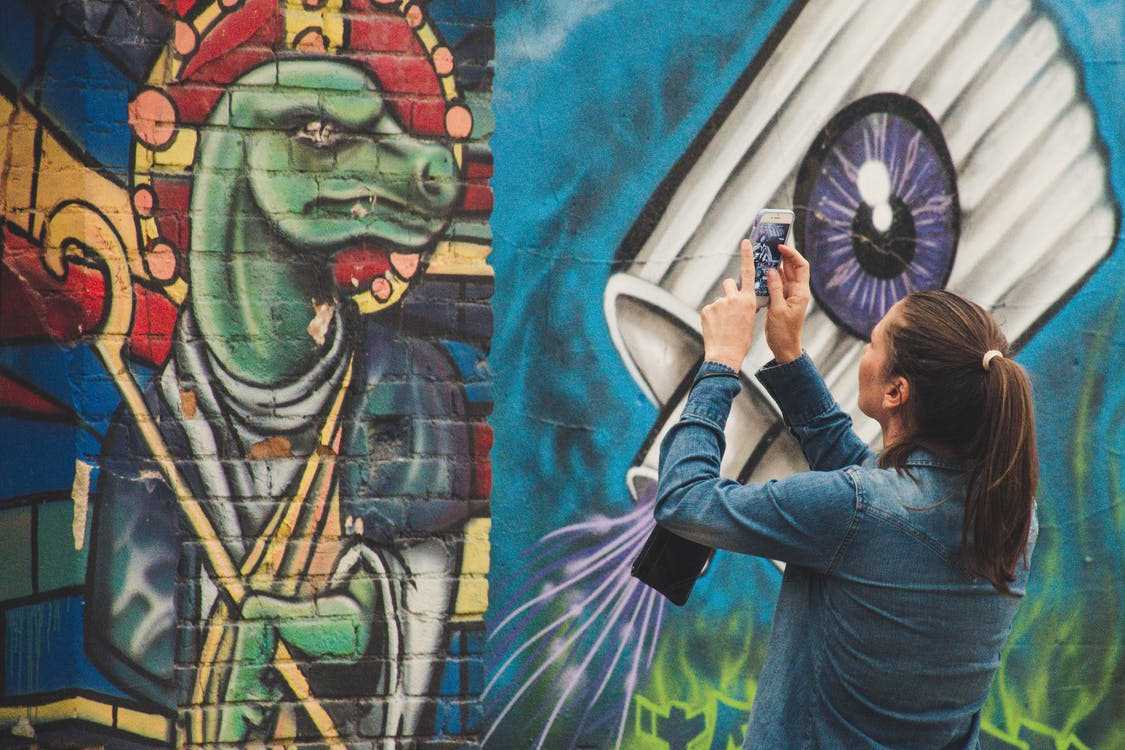
Canvas art has long been regarded as a powerful medium for creative expression. This versatile surface allows artists to unleash their imaginations and bring their ideas to life in vibrant and visually stunning ways.
One of the key advantages of canvas art is its ability to capture texture and dimension. The fabric-like surface of canvas adds depth and character to the artwork, enhancing its overall impact. Artists can experiment with different brushstrokes and techniques, creating unique textures that engage the viewer and evoke emotions.
Canvas art also offers a wide range of possibilities in terms of size and format. Whether it’s a small and intimate piece or a large-scale mural, canvas can accommodate various dimensions, allowing artists to fully express their vision. This flexibility opens up endless opportunities for creativity and experimentation.
Furthermore, canvas art provides a durable and long-lasting medium for artwork. The canvas material is resistant to fading and damage, ensuring that the artist’s work will remain vibrant and intact for years to come. This durability allows for the preservation and enjoyment of the artwork by future generations.
In addition to its artistic qualities, canvas art also holds historical significance. Throughout history, many renowned artists have chosen canvas as their preferred medium, including famous names such as Leonardo da Vinci, Vincent van Gogh, and Pablo Picasso. By creating on canvas, contemporary artists become part of this rich artistic legacy and contribute to the ongoing story of creative expression.
The Techniques and Styles of Canvas Art
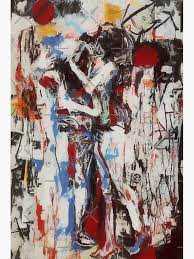
Canvas art is a popular and versatile form of artistic expression. Artists use various techniques and styles to create stunning and unique works of art on canvas. These techniques and styles can range from traditional to contemporary, allowing artists to experiment and push the boundaries of their creativity.
Oil painting is another technique often used in canvas art. Oil paints have a slow drying time, allowing artists to work with the colors and blend them together to create smooth transitions and soft edges. This technique is favored by many traditional artists and allows for a more realistic and detailed style.
In addition to painting, canvas art can also involve other techniques such as collage, mixed media, and texture. Collage involves using various materials, such as paper, fabric, and found objects, to create a layered and textured effect on the canvas. Mixed media combines different art materials and techniques, such as painting, drawing, and collage, to create a multidimensional and dynamic artwork. Texture can be added to the canvas through techniques like impasto, where the paint is applied thickly to create a three-dimensional texture.
When it comes to styles, canvas art can encompass a wide range of genres and aesthetics. Realism focuses on capturing the subject matter with accuracy and attention to detail. Impressionism emphasizes capturing the fleeting moments and essence of a scene through loose and spontaneous brushwork. Abstract art explores form, color, and texture, often devoid of recognizable subject matter. Pop art takes inspiration from popular culture and mass media, using bright colors and bold imagery. These are just a few examples of the many styles that artists can explore in canvas art.
Wolf of Wall Street Canvas Art: A Captivating Choice
The Wolf of Wall Street is a famous movie that tells the story of Jordan Belfort, a wealthy stockbroker who lived a lavish and excessive lifestyle. The movie is known for its intense scenes, dynamic characters, and gripping storyline.
Now, imagine having a piece of art that captures the essence of this iconic movie. With the Wolf of Wall Street canvas art, you can bring the excitement and drama of the movie into your space.
This canvas art is expertly crafted, using high-quality materials and vibrant colors. The intricate detailing and realistic portrayal of the characters will grab your attention and transport you to the world of high finance and excess.
Hang this captivating artwork in your office, and it will serve as a reminder of the drive and ambition needed to succeed in business. In your home, it will be a conversation starter and a testament to your love for the arts and the power of storytelling.
Not only does the Wolf of Wall Street canvas art make a bold statement, but it also adds a touch of sophistication and elegance to any space. Its timeless design and classic theme ensure that it will never go out of style.
Whether you’re a fan of the movie or simply appreciate powerful and captivating art, the Wolf of Wall Street canvas art is an excellent choice. So, why not bring a piece of this iconic movie into your life and let it inspire and captivate you every day?
Where to Find Wolf of Wall Street Canvas Art
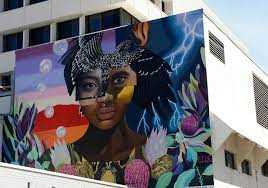
Online Art Marketplaces
One of the best places to find Wolf of Wall Street canvas art is on online art marketplaces. Websites like Etsy, Society6, and Redbubble offer a wide selection of artwork, including fan-made pieces inspired by the film. You can browse through different styles and sizes to find the perfect piece for your home or office.
Art Galleries
Art galleries are another great place to find Wolf of Wall Street canvas art. Look for galleries that specialize in contemporary or pop art, as they are more likely to feature artwork related to popular culture. Visit galleries in your area or check their websites for information on current exhibitions and artists.
Custom Artwork
If you want a truly unique piece of Wolf of Wall Street canvas art, consider commissioning a custom artwork. Many artists offer commission services where they can create a personalized piece based on your specifications. This way, you can have a one-of-a-kind artwork that perfectly captures your love for the film.
Remember to check the reputation of the seller or artist before making a purchase, and always make sure the artwork is made with high-quality materials for long-lasting beauty and durability. With the right piece of Wolf of Wall Street canvas art, you can showcase your passion for the film and its message in a stylish and artistic way.
The Impact and Influence of Street Art
Street art has significantly impacted and influenced various aspects of society, bringing attention and provoking thought on important social, political, and economic issues. Through its visually striking and often controversial nature, street art challenges traditional artistic norms and encourages public engagement.
Influence on Urban Aesthetics
Street art has transformed the visual landscape of cities worldwide. Once considered vandalism, street art now adds character and vibrancy to urban spaces, rejuvenating neglected neighborhoods and creating a sense of identity. Its colorful murals, graffiti tags, and stenciled images have become an integral part of the modern cityscape.
In certain cities known for their street art scenes, such as Berlin, London, and New York City, street art has become a major tourist attraction. Visitors come from all over the world to explore the vibrant street art-filled neighborhoods and witness the creativity and talent of local artists.
Social and Political Commentary
Street art has long been used as a powerful medium for social and political commentary. Artists often use their work to raise awareness about social injustice, inequality, and human rights issues. By choosing public spaces as their canvas, street artists ensure that their message reaches a wide audience, transcending social and cultural boundaries.
From iconic stenciled images by Banksy that critique political corruption and consumerism to murals depicting the Black Lives Matter movement, street art serves as a visual voice for marginalized communities and encourages public dialogue on pressing issues. It brings attention to stories that may otherwise go untold.
Inspiring Creativity and Empowering Youth
Street art has also had a significant impact on the art community itself, inspiring creativity and empowering aspiring artists, particularly among the youth. It breaks down traditional barriers to the art world, allowing anyone with a passion for expression to participate. Street art provides a platform for emerging artists to showcase their talent and gain recognition outside of traditional art institutions.
In addition to empowering individual artists, street art has also led to the creation of art collectives and community art projects. These initiatives often focus on using art as a tool for positive change, such as transforming neglected public spaces into vibrant community hubs or facilitating art workshops for marginalized youth. Street art, in this way, fosters creativity, inclusivity, and social impact.

I am a mural enthusiast and a fervent admirer of street art. Rather than creating murals myself, I am passionate about collecting them. My love for street art knows no bounds. I am dedicated to curating and cherishing these artworks that grace the streets. My collection stands as a testament to my profound appreciation for this form of artistic expression.
read about me

